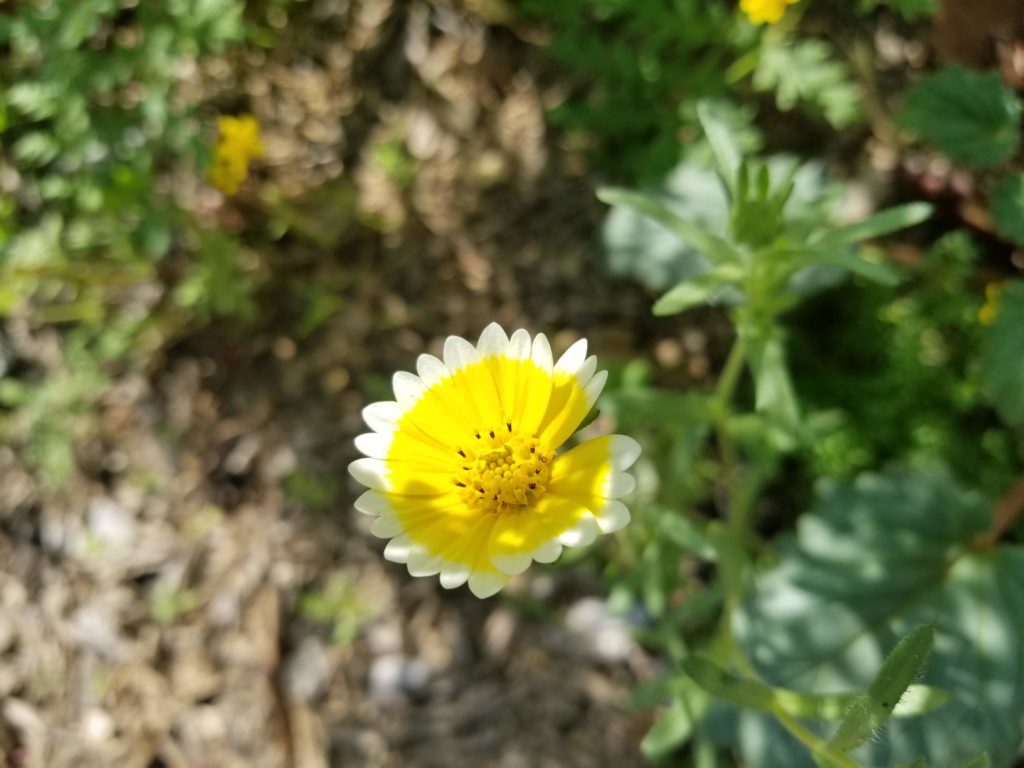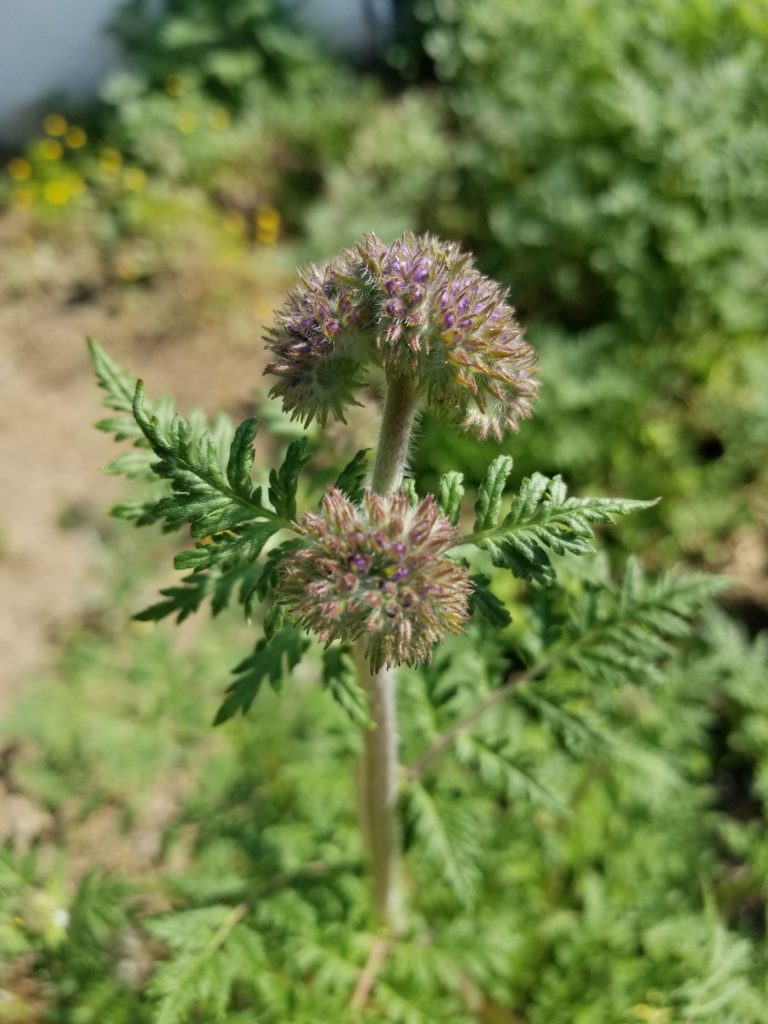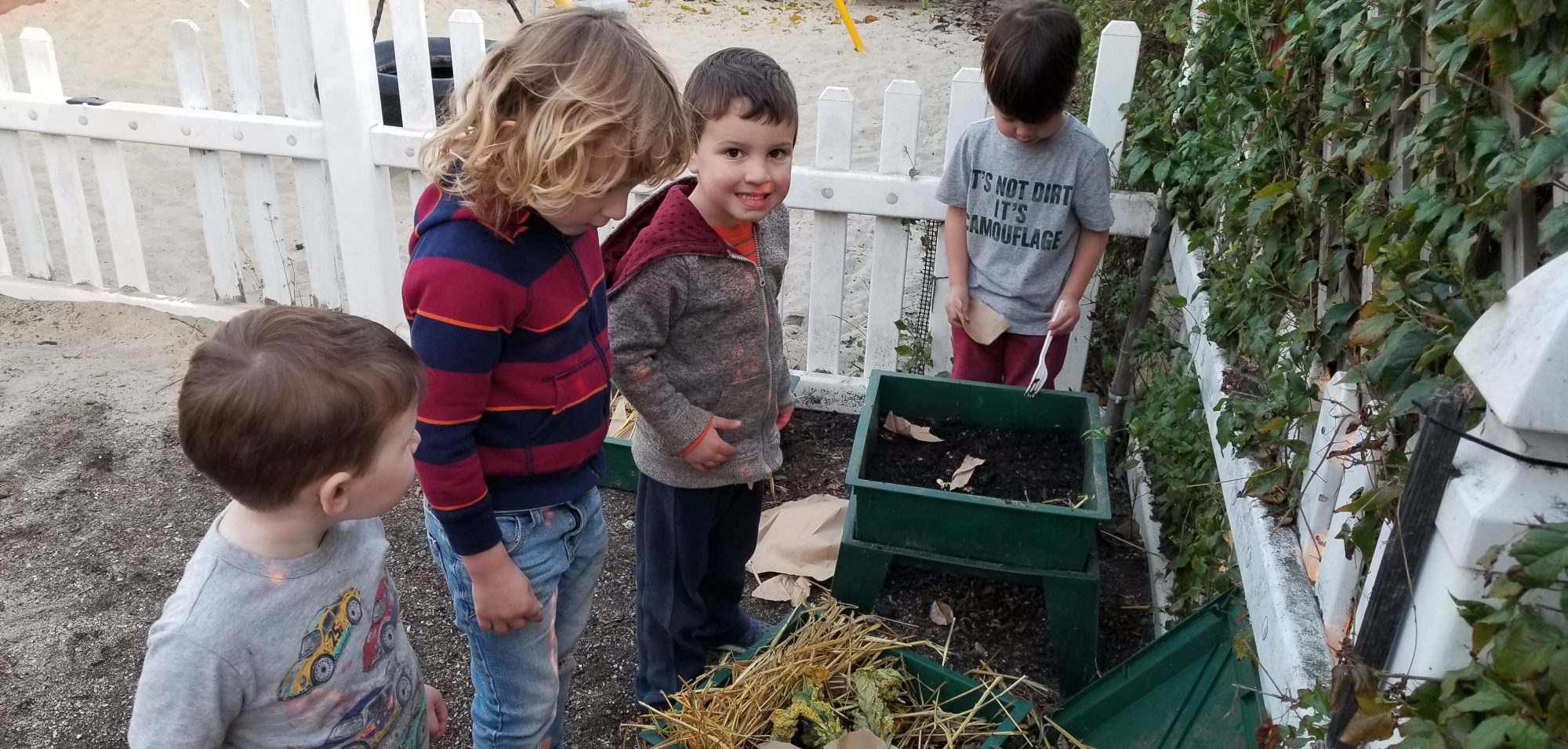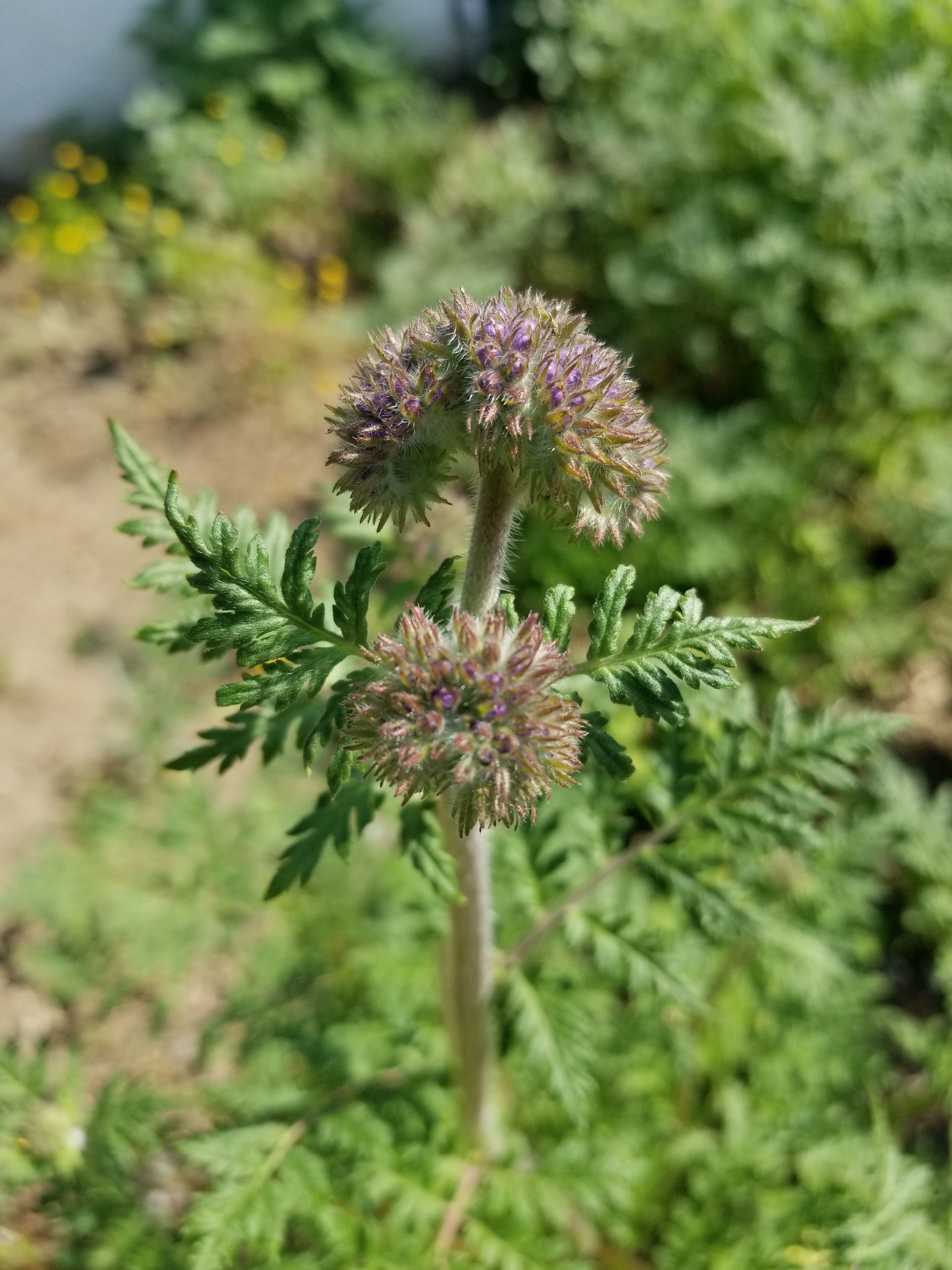First thing we did when we bought our house was mulch – see here
And although I didn’t have a plan, I knew that we had to do something to conserve water in our Los Angeles suburb of Burbank. With drought after drought, we have to collectively change the way we look at grass. Easier said than done, since human behavior and convenience is one of the hardest things to change. Some of us look at grass as an antiquated relic of the idealized past, an image manipulated to create an oasis in California in order to lure east coasters. Beyond that, I see a lot of Latino families seeing grass as their manifestation of the American dream. Some folks worked hard, bought a home and grass is the physical representation of that.
I try to learn from others, and overall try to be less judgemental of others with how they choose to spend time, money, and effort but we must do more outside of our little zero-waste and conservation bubble. It’s an echo chamber of sorts and I would like to do more to outreach.
One organization that does a good job on education others on the benefits of natives, as they tie into water conservation is Theodore Payne Foundation link here
I’ve taken art classes there, bought seeds there and recently connected with an educator. I do think they fill a void, they don’t just sell items but they’re interested in selling plants that are colorful and don’t look like native weeds. They also lead by example, they have solar installed on their roof, their volunteers are knowledgeable, and they’re a non-profit.
Where I do have a gripe is the accessibility quotient. I do understand that natives take A LOOOOOONG time to grow, and herein lies the problem. The mark-up on these plants, the cost and the affordability doesn’t cater to anyone but the richest of Angelinos. Some of these plants are in the $18-$22 range and it’s hard for someone to shell out that much for a front yard overhaul.
My suggestion is to go for the seeds – start planting in the fall and see the results in late winter and early spring.




